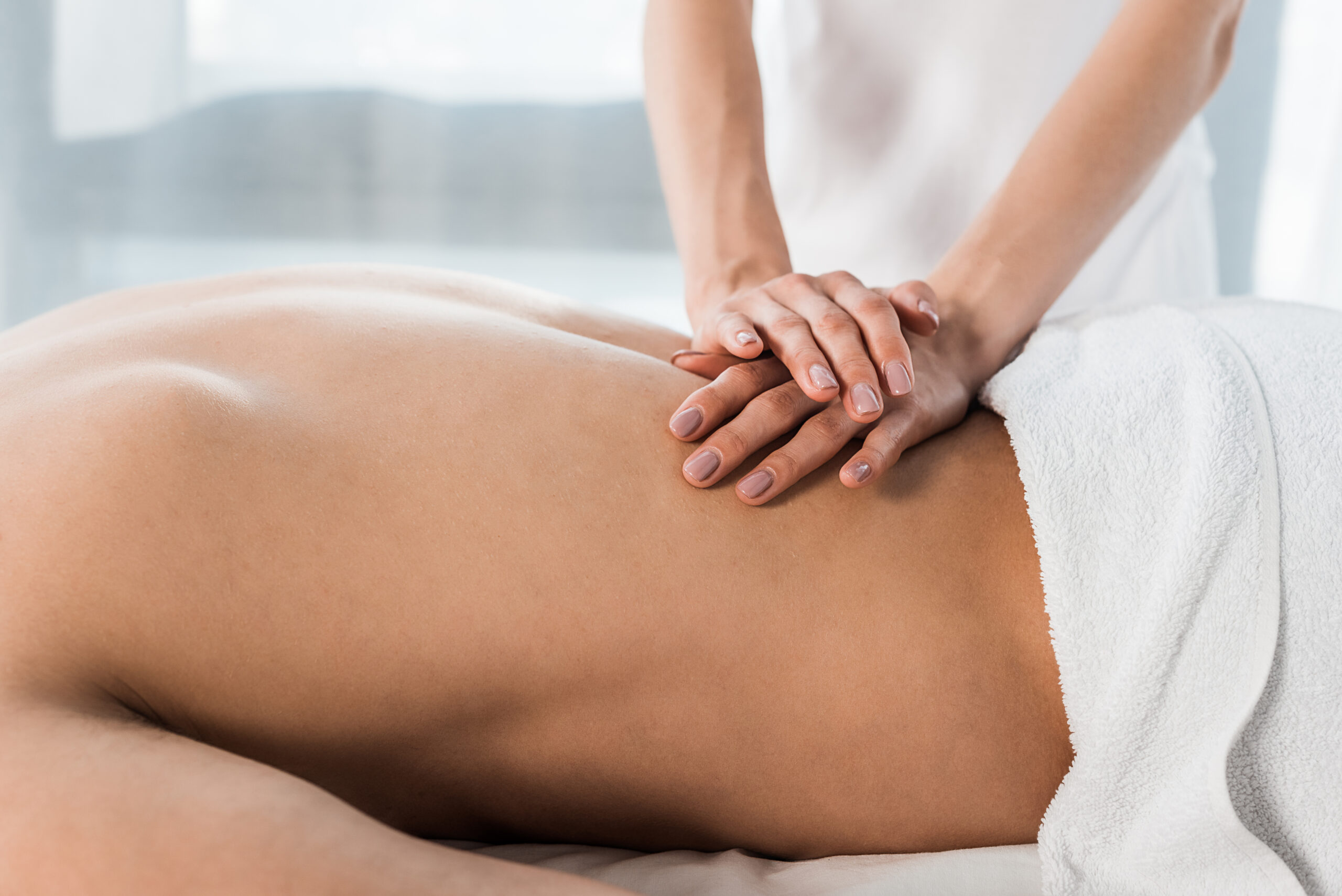
Maintaining good posture is essential for overall well-being, but in today’s fast-paced world dominated by desk jobs and screen time, many individuals struggle with postural problems. The discomfort and pain can significantly impact their quality of life. While adopting ergonomic practices and regular exercise are crucial steps toward better posture, another effective method often overlooked is massage therapy. The healing touch of skilled massage therapists can provide immense relief and contribute to correcting problems with posture. Let’s take a deeper look at what causes postural problems and the benefits of massage for posture.
Understanding postural problems:
Before delving into the benefits of massage for posture, it’s important to understand what postural issues entail. Poor posture arises from prolonged periods of sitting, standing, or working in positions that strain the body’s natural alignment. This can lead to muscle imbalances, joint misalignments, and pain. Common consequences of poor posture include rounded shoulders, forward head posture, and a curved lower back. Over time, these issues can escalate, resulting in chronic discomfort and even more severe problems.
How regular massage for posture helps
Muscle tension release: Massage therapy is renowned for its ability to release tension in muscles. Muscles that are constantly strained due to poor posture can become tight and knotted. Skilled massage therapists use techniques like Swedish massage, deep tissue massage, and trigger point therapy to target these tense areas, relaxing the muscles and promoting better alignment.
Improved blood circulation: Proper blood circulation is crucial for tissue health and healing. Postural problems can restrict blood flow to certain areas, causing stiffness and discomfort. Massage therapy enhances circulation, allowing oxygen and nutrients to reach tissues more effectively, thereby aiding in muscle recovery and relieving tension.
Enhanced flexibility: Stiff muscles contribute to poor posture by limiting the body’s range of motion. Massage therapy stretches and manipulates muscles, increasing their flexibility. As muscles become more pliable, it becomes easier to maintain a proper posture, as the body can move more freely without strain.
Joint alignment: Misaligned joints are a common consequence of poor posture. Massage for posture can help realign joints by releasing tension in the surrounding muscles. For instance, a massage therapist can work on the muscles around the shoulders to alleviate the strain that pulls them forward, thus helping to correct rounded shoulders.
Increased body awareness: Regular massage sessions can heighten body awareness. Clients become more attuned to their posture and the sensations in their body. This awareness is a critical first step towards making conscious adjustments to posture in daily activities.
Stress reduction: Stress and anxiety can exacerbate poor posture. Massage therapy has a profound impact on reducing stress by promoting relaxation and triggering the release of endorphins, the body’s natural painkillers. A relaxed body is more likely to assume a correct posture naturally.
Choosing the right massage techniques:
Different massage techniques target specific areas and issues. For postural problems, here are some effective approaches:
Deep tissue massage: This technique focuses on deeper muscle layers and is excellent for releasing chronic muscle tension. It helps break down knots and adhesions that contribute to poor posture.
Myofascial release: This technique targets the fascia, the connective tissue that surrounds muscles and organs. Myofascial release can help improve flexibility and release tension that may be pulling the body out of alignment.
Swedish massage: A more gentle approach, Swedish massage promotes relaxation and blood circulation, aiding in overall muscle health. Relaxed muscles are more likely to assume a natural and comfortable posture.
Trigger point therapy: This technique focuses on specific trigger points within muscles that can cause referred pain. By releasing these trigger points, muscle tension can be reduced, leading to improved posture.
Let us help you improve your posture
At Prana Endura, we offer a tailored massage experience to meet your specific needs. We have a great team of certified massage therapists ready to help!
